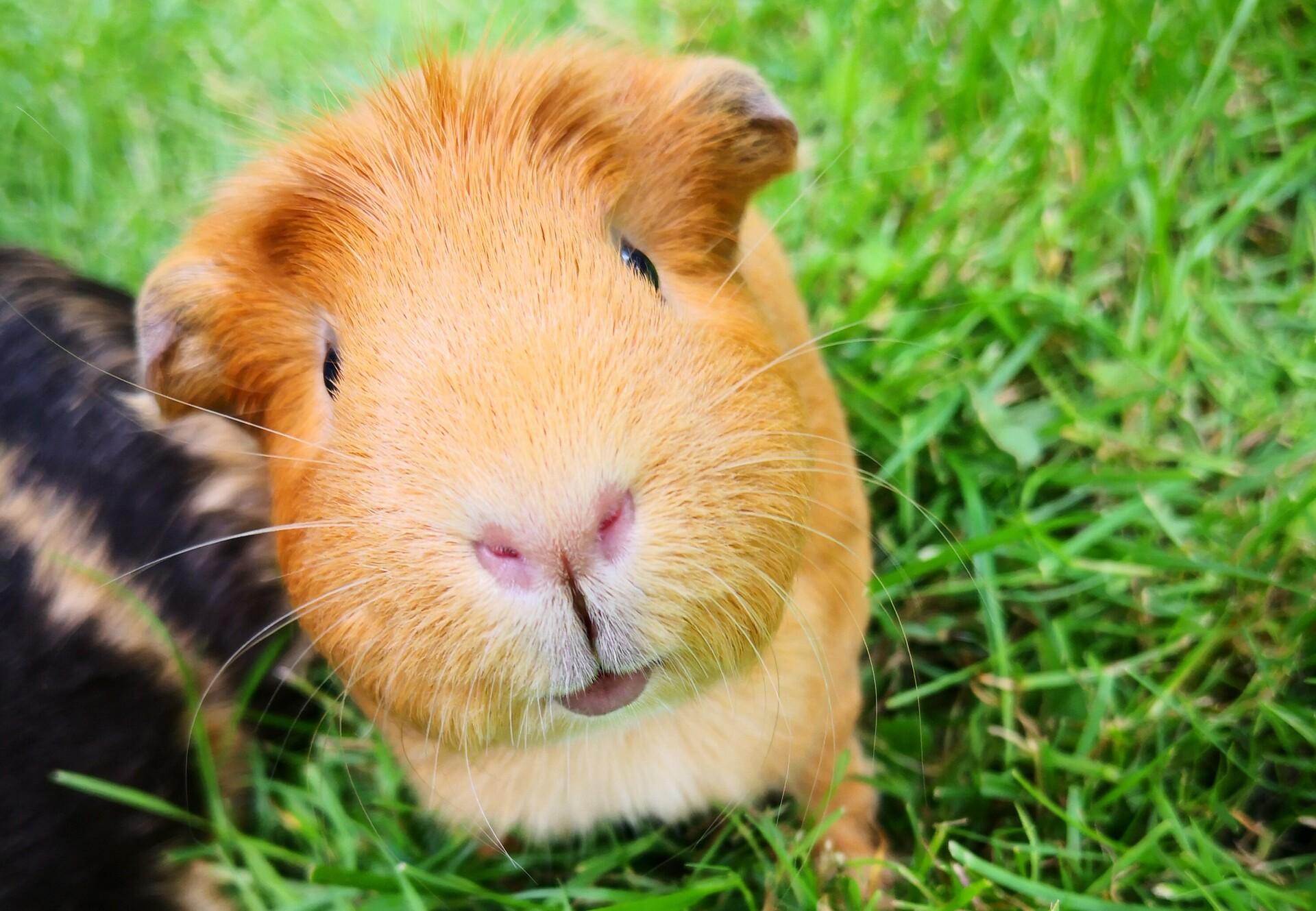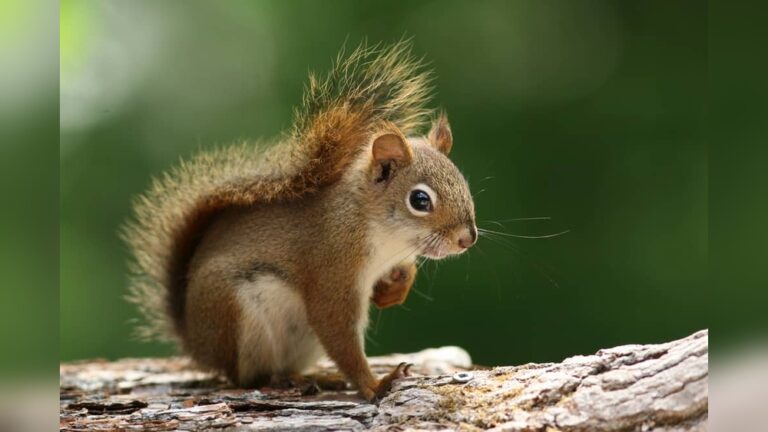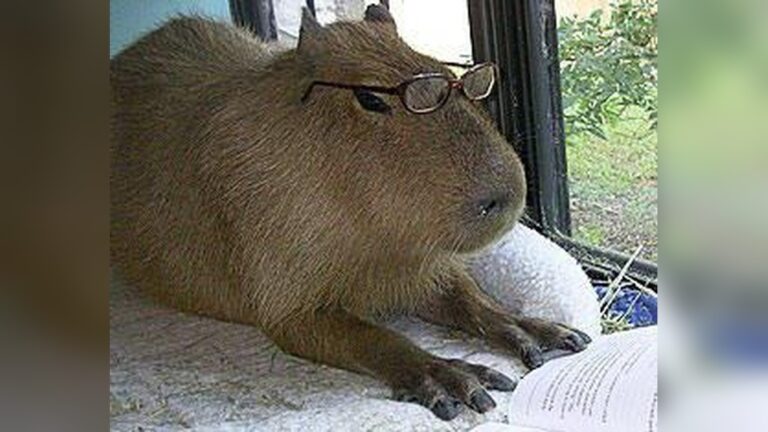Is A Guinea Pig A Rodent: Discover The Truth Behind It
Have you ever wondered if your cute, furry guinea pig is actually a rodent? You’re not alone.
Many people see these small pets and wonder where they fit in the animal family tree. Understanding whether a guinea pig is a rodent can change how you care for it and appreciate its unique traits. Keep reading, and you’ll discover surprising facts that will deepen your connection with your little companion.
Guinea Pig Basics
Guinea pigs are small, gentle animals often kept as pets. Many wonder if they belong to the rodent family. Understanding their basics helps answer this question. These creatures have unique traits that set them apart in the animal world.
Knowing their physical features and behavior helps see why guinea pigs are considered rodents. This section explores these key points clearly.
Physical Features
Guinea pigs have round bodies covered with soft fur. Their size is small, usually about 8 to 12 inches long. They have short legs and no tail. Their eyes are large and round, giving them good vision. Their teeth grow continuously, a common trait in rodents. Their ears are small and sensitive. These features help guinea pigs survive in the wild and as pets.
Behavior Traits
Guinea pigs are social animals. They live in groups and communicate with sounds. They make squeaks, purrs, and whistles to express feelings. They are active mostly during the day. Guinea pigs enjoy exploring and chewing on hay or vegetables. They often hide when scared or stressed. These behaviors show their need for safety and companionship.
Rodent Characteristics
Rodents are a large group of mammals with unique features. They share special traits that help identify them easily. Understanding these traits helps us know if a guinea pig is a rodent.
Rodent characteristics include their teeth, body shape, and behavior. These traits are common in many animals we see around us.
Common Rodent Traits
Rodents have strong, sharp front teeth called incisors. These teeth grow continuously and never stop. They use these teeth to chew food and gnaw on objects.
Most rodents have small bodies with short limbs. They often have long tails and good senses of smell and hearing. Rodents are usually quick and active animals.
Many rodents live in burrows or nests. They eat seeds, fruits, and sometimes small insects. Their diet helps them survive in many environments.
Examples Of Rodents
Common rodents include mice, rats, squirrels, and hamsters. These animals are familiar in cities and forests.
Beavers and porcupines are larger rodents with special adaptations. They also share the typical rodent teeth and diet habits.
Guinea pigs belong to this group because they have the same teeth and eating habits. They show the main rodent features clearly.
Guinea Pig Classification
Understanding the classification of guinea pigs helps clear up confusion about their nature. Many wonder if guinea pigs belong to the rodent family. Knowing their scientific place shows how they relate to other animals.
Guinea pigs have unique traits that set them apart. Their classification reveals their biological family and order. This information explains their behavior and characteristics better.
Scientific Classification
Guinea pigs are mammals. Their scientific name is Cavia porcellus. This name identifies them precisely among many animals.
They belong to the class Mammalia. This class includes animals that have fur and produce milk for their young. Guinea pigs share these traits with many other animals.
Family And Order
Guinea pigs belong to the family Caviidae. This family includes animals similar in size and shape, often called cavies.
Their order is Rodentia. This order contains all rodents. Rodents have strong, sharp teeth for chewing. Guinea pigs fit here because of these teeth.
Though guinea pigs are rodents, they differ from mice and rats. They have unique traits in behavior and body structure. This difference makes them special within the rodent group.

Credit: www.britannica.com
Similarities With Rodents
Guinea pigs share many traits with rodents. Their bodies and behaviors show clear signs of this connection. Understanding these similarities helps us know more about these small pets.
Anatomical Similarities
Guinea pigs have sharp front teeth called incisors. These teeth grow continuously, a common rodent trait. They use these teeth to chew plants and other foods.
Their bodies are small and compact. They have strong legs for quick movements. Their fur is soft, like many rodents. Guinea pigs also have large eyes on the sides of their heads. This helps them watch for predators.
Behavioral Overlaps
Guinea pigs are social animals. They live in groups, similar to many rodents. They communicate with squeaks and whistles. These sounds warn others or show happiness.
They are mostly active during the day. Like rodents, they like to explore their surroundings. They dig and hide in small spaces. These behaviors help them stay safe in the wild.
Key Differences From Rodents
Guinea pigs often get mistaken for rodents due to their small size and furry appearance. Yet, they have several key differences that set them apart from typical rodents. Understanding these differences helps clarify their unique place in the animal kingdom.
These distinctions go beyond looks. They include physical traits and genetic makeup. Exploring these features reveals why guinea pigs are special.
Unique Features
Guinea pigs have a rounded body shape with no tail. Most rodents have long, thin tails. Their teeth also differ. Guinea pigs have four front teeth on the top jaw. Rodents usually have two. This helps guinea pigs chew tough plants easily.
Unlike many rodents, guinea pigs cannot climb well. Their feet are padded and strong for walking, not climbing. Their social behavior is unique too. Guinea pigs live in groups and communicate with various sounds. This behavior is less common in rodents.
Genetic Distinctions
Guinea pigs belong to a group called Caviidae. Rodents belong to a different group called Rodentia. This means their genes have clear differences. Guinea pigs share more DNA with animals like capybaras and cavies than with mice or rats.
Their genetic code shows they evolved separately millions of years ago. This separate evolution explains many physical and behavioral differences. Guinea pigs are not true rodents by strict scientific standards.

Credit: en.wikipedia.org
Common Misconceptions
Many people have wrong ideas about guinea pigs. These small animals are often misunderstood. This causes confusion about what type of animals they really are. Clearing up these myths helps us understand guinea pigs better.
Why Guinea Pigs Are Often Confused
Guinea pigs look like small rodents, so people think they are rodents. Their size and shape are similar to rats and mice. They also have sharp teeth that never stop growing. These traits make people assume they belong to the rodent family. The name “guinea pig” also adds to the confusion. It sounds like a small animal related to pigs, but it is not.
Clarifying The Truth
Guinea pigs are indeed rodents. They belong to the Caviidae family, which is different from rats and mice. They do not have tails like many rodents. Guinea pigs have unique behaviors and needs. They chew a lot to keep their teeth healthy. Knowing these facts helps us care for them properly. Understanding the truth removes the confusion around guinea pigs.
Pet Care Implications
Understanding that guinea pigs are rodents affects how you care for them. Their needs differ from other common rodents like hamsters or mice. Guinea pigs require specific attention to thrive as pets. Knowing these differences helps ensure your pet stays healthy and happy.
Care Needs Compared To Rodents
Guinea pigs need larger living spaces than most rodents. They enjoy room to move and explore. Their diet mainly consists of hay, fresh vegetables, and vitamin C supplements. Unlike hamsters, guinea pigs cannot produce vitamin C on their own. They also need daily social interaction and gentle handling. Their bedding should be soft and absorbent to avoid injuries.
Health Considerations
Guinea pigs face unique health challenges compared to other rodents. They are prone to scurvy without enough vitamin C. Dental problems can occur if their teeth do not wear down properly. Watch for signs like difficulty eating or drooling. Respiratory infections are common and require quick vet visits. Regular check-ups help catch issues early. Clean cages reduce the risk of infections and illness.

Credit: www.four-paws.org
How Smart Pets Lover Can Help You with Is A Guinea Pig A Rodent
Exploring Learning Opportunities Through Guinea Pig Care
Understanding whether a guinea pig is a rodent opens doors to practical learning moments, especially when it comes to pet care implications and their unique classification. While guinea pigs share many rodent characteristics, recognizing their key differences helps us tailor our approach to their daily needs—something every pet parent can appreciate.
For those of us who see pets as emotional companions, diving into topics like guinea pig basics and common misconceptions enriches our connection with these gentle creatures. It encourages us to research and apply thoughtful care practices, such as providing the right habitat and diet, which are crucial for their well-being.
- Observe how guinea pigs interact differently compared to typical rodents.
- Use this knowledge to create an environment that supports their social and physical health.
- Share insights with fellow pet lovers to foster a community of informed and compassionate caregivers.
Smart Pets Lover is here to support this journey by offering trusted information that makes every interaction with your pet meaningful. For more in-depth advice, reaching out to local veterinarians or pet care experts can further enhance your understanding and confidence.
Frequently Asked Questions
Is A Guinea Pig Classified As A Rodent?
Yes, guinea pigs belong to the rodent family. They share common traits like continuously growing teeth.
How Are Guinea Pigs Different From Other Rodents?
Guinea pigs are larger, have no tail, and are herbivores. They also have unique vocalizations compared to typical rodents.
Do Guinea Pigs Have Typical Rodent Teeth?
Yes, guinea pigs have sharp, continuously growing incisors. They need constant chewing to keep teeth healthy.
Are Guinea Pigs Related To Rats And Mice?
Guinea pigs and rats share the rodent order but belong to different families. Guinea pigs are in the Caviidae family.
Conclusion
Guinea pigs belong to the rodent family, plain and simple. They share traits with other rodents like chewing teeth and small size. Many people do not realize this fact. Knowing this helps understand their behavior and care needs better. They are gentle pets that enjoy company and soft food.
Treat them well, and they will bring joy to your home. So, yes, guinea pigs are rodents through and through. A small, furry friend with a big rodent heart.




